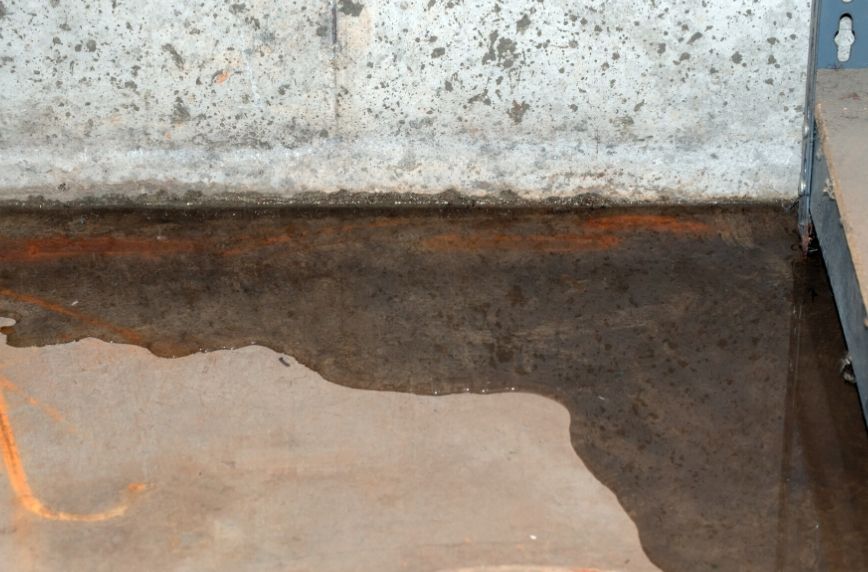Leaks in the home are never a cause for celebration. Unexpected water exposure could ruin your possessions, walls, and floors as well as encourage the proliferation of mold and weaken the structure of the building. For these reasons, you should address leaks swiftly before they grow into more serious problems. Identify your house’s most vulnerable places with this list of areas in your home prone to leaks.
As your primary line of defense against rain, snow, and wind, your roof can wear down to the point where small gaps in its surface develop, allowing water to drip inside. You should check your roof for damage every couple of years to lower your risk of leaks. Examine the roof shingles and the attic to locate any openings. Missing shingles and spots of sunlight in the attic often accompany a leaky rooftop.
Bathroom
Since the bathrooms in your home are the main places where water is used, you may experience leaks around the sinks, toilets, or bathtubs. Small drips may not seem that serious at first glance, but they can add up to hundreds of gallons of wasted water during the course of year. You should therefore address them immediately. If you have a bathroom on a second floor, you may also notice peeling or spotting on the ceiling directly underneath it. This is an indicator of water seeping inside from the bathroom. Such water seepage can structurally damage the floor/ceiling in addition to hurting its appearance.
To find the source of the issue, look at the edges of your tub or toilet and see if the caulk there has deteriorated. Water can easily slip through these cracks and collect right under the tub or toilet. However, if you find no visible evidence of a problem, a professional can look at the pipe connections in the wall or floor of the bathroom.
Basement
With water in the ground around it and water falling into it from higher points of the house’s exterior, the basement is often plagued with leaking. Usually, cracks form in the walls and allow water to come inside. Although they may appear insignificant, simply plugging them up with water-resistant paint or caulk may not be enough in every case. Cracks may be the messengers of greater problems, such as improper drainage design and high groundwater pressure. Filling in cracks will only serve as a temporary solution in such situations, so it’s safest to hire basement waterproofing professionals. They will accurately identify why your basement is leaking and take the best measures to stop it.
Are You a Professional?
Requests for your services are coming in left and right. Let’s connect and grow your business, together.


